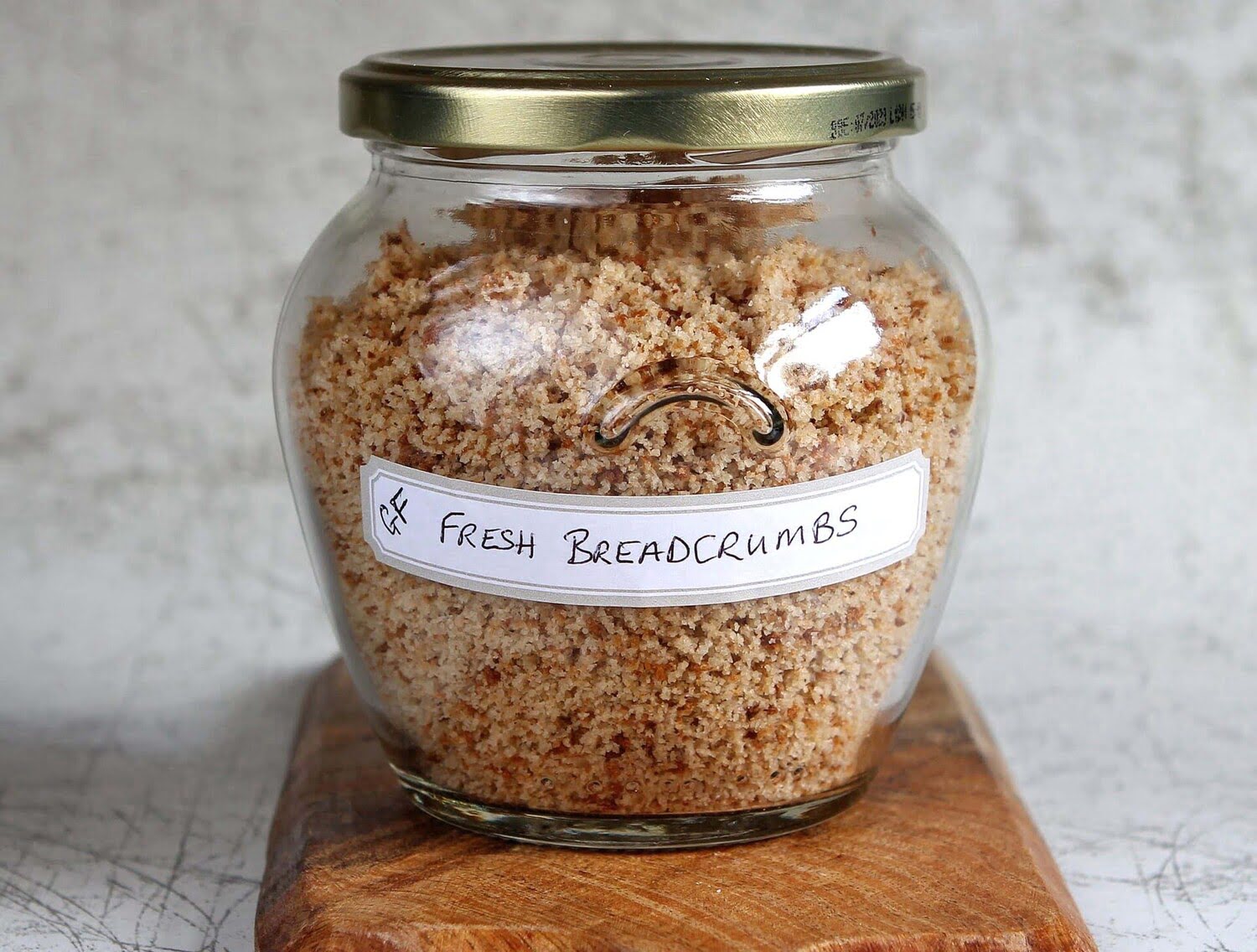

Articles
How To Store Bread Crumbs After Opening
Modified: January 18, 2024
Learn how to properly store bread crumbs after opening in this informative article. Keep your bread crumbs fresh and flavorful for longer periods of time.
(Many of the links in this article redirect to a specific reviewed product. Your purchase of these products through affiliate links helps to generate commission for Storables.com, at no extra cost. Learn more)
Introduction
Welcome to the world of breadcrumbs, where even the smallest ingredient can make a significant impact on a dish. Whether you are an avid baker, a lover of crispy coatings, or simply enjoy adding texture to your culinary creations, having a stash of bread crumbs on hand is always a smart idea.
However, once you open a package of bread crumbs, you may find yourself wondering how to keep them fresh and flavorful for future use. In this article, we will explore the art of storing bread crumbs after opening, ensuring that they remain in optimal condition for your next cooking adventure.
Proper storage is crucial to maintaining the quality and taste of your bread crumbs. Exposure to moisture and humidity can quickly turn those fine, crispy crumbs into a clumpy mess. Likewise, improper storage can attract pests and lead to a disappointing experience when you break out that bag of bread crumbs for your next cooking project.
Fortunately, with the right storage container, ideal storage location, and a few practical tips, you can extend the shelf life of your bread crumbs and make the most out of your investment. So, let’s dive in and learn the best practices for storing bread crumbs after opening.
Key Takeaways:
- Proper storage of bread crumbs is crucial to maintain their quality. Use airtight containers, store in a cool, dry place, and consider freezing for long-term freshness.
- Get creative with leftover bread crumbs! Use them for crunchy toppings, meatball binders, casserole fillers, and more to add flavor and texture to your dishes.
Read more: How To Store Biscuit Dough After Opening
Proper Storage Container for Bread Crumbs
When it comes to storing bread crumbs, selecting the right container is essential. You want a container that provides an airtight seal to keep air and moisture out, preserving the freshness and crispness of the crumbs. Here are a few options to consider:
- Glass Jars: Glass jars with airtight lids are an excellent choice for storing bread crumbs. They are non-porous, meaning they won’t absorb odors or flavors from other foods. Additionally, glass jars allow you to see the contents inside, making it easy to identify the type of bread crumbs you have on hand.
- Plastic Containers: Plastic containers with tight-fitting lids can also be used to store bread crumbs. Look for containers made of food-grade plastic that are BPA-free. These containers are lightweight and durable, making them convenient for both storage and transportation.
- Resealable Bags: If you’re looking for a budget-friendly option, resealable plastic bags can do the trick. Make sure to squeeze out as much air as possible before sealing the bag to maintain the freshness of the bread crumbs. It’s a good idea to double-bag the crumbs to provide an extra layer of protection.
No matter which container you choose, be sure to clean and dry it thoroughly before adding the bread crumbs. Any remaining moisture in the container could lead to the bread crumbs becoming damp and clumpy over time.
Additionally, labeling your storage containers is a smart practice, especially if you have different types of bread crumbs. This will help you quickly identify the desired crumbs when you pull them out of the pantry or freezer.
Remember, the key is to keep the bread crumbs well-sealed and protected from air and moisture to preserve their quality and texture for as long as possible.
Choosing an Ideal Storage Location
Once you have the perfect storage container for your bread crumbs, the next consideration is finding the ideal location to store them. The goal is to maintain a consistent temperature and protect the crumbs from exposure to moisture, heat, and direct sunlight.
Here are a few tips to help you find the best storage location:
- Pantry or Cupboard: The pantry or a cool, dry cupboard is an ideal location for storing bread crumbs. These areas provide a stable temperature and protect the crumbs from light exposure. Just make sure to place the container away from any heat sources such as the stove or oven.
- Refrigerator: If you live in a particularly humid or warm climate, you may consider storing your bread crumbs in the refrigerator to extend their shelf life. However, keep in mind that refrigeration can make the crumbs slightly moist. Be sure to transfer them to an airtight container and allow them to come to room temperature before using.
- Freezer: For long-term storage, you can also freeze your bread crumbs. Freezing helps to preserve the freshness and prevent the crumbs from becoming stale. Ensure that the container you choose for freezing has a good seal to prevent freezer burn. You can store bread crumbs in the freezer for up to six months.
When choosing a storage location, it’s crucial to consider the conditions of your kitchen and the climate in which you live. Remember to keep the bread crumbs away from any areas with excess moisture, such as near the sink or dishwasher, and avoid storing them in direct sunlight.
By selecting the right storage location, you can ensure that your bread crumbs stay dry, crispy, and ready to use whenever you need them.
Keeping Bread Crumbs Fresh and Dry
Keeping your bread crumbs fresh and dry is essential to ensure their quality and flavor. Moisture is the enemy, as it can quickly turn those crispy crumbs into a soggy mess. Here are some tips to help you maintain the freshness of your bread crumbs:
- Use Dry Bread: When making your own bread crumbs, start with dry bread. Fresh bread contains more moisture and can lead to clumpier crumbs. Allow the bread to cool completely before processing it into crumbs. If you’re using store-bought bread crumbs, ensure that the package is tightly sealed to maintain their dryness.
- Let Crumbs Cool Before Storage: Whether you’re using homemade or store-bought bread crumbs, it’s essential to allow them to cool completely before storing. This prevents condensation from forming inside the container, which can lead to clumping and spoilage.
- Absorb Moisture: To absorb any excess moisture, you can add a desiccant or moisture-absorbing packet to the container. These packets can usually be found in vitamin bottles or purchased separately. Just make sure they are food-safe and suitable for your storage container.
- Avoid Humidity: Keep your bread crumbs away from areas with high humidity, such as the dishwasher or sink. Moisture in the air can quickly seep into the container and ruin the texture of the crumbs. Instead, store them in a cool, dry location, as mentioned earlier.
- Avoid Contamination: Prevent cross-contamination by using a clean, dry spoon or measuring cup every time you take out bread crumbs. Avoid using your hands directly because the oils from your hands can introduce moisture to the crumbs.
Following these tips will help you maintain the freshness and dryness of your bread crumbs, ensuring they are always ready to use when you need them. By taking proper care of your crumbs, you’ll be able to enjoy their crispy goodness for an extended period.
Store bread crumbs in an airtight container or resealable bag to keep them fresh and prevent them from absorbing moisture. Keep them in a cool, dry place such as a pantry or cupboard.
Preventing Moisture and Pest Infestation
Moisture and pests can quickly degrade the quality of your bread crumbs. To ensure your crumbs stay fresh and free from unwanted visitors, follow these tips:
- Airtight Containers: As mentioned earlier, using airtight containers is crucial to keeping out moisture. Make sure the lid of your chosen storage container fits tightly and creates a strong seal. This will prevent air, moisture, and pests from entering and damaging the bread crumbs.
- Proper Sealing: When closing your storage container, ensure that the lid is sealed properly. Press down firmly and check for any gaps. Even the smallest opening can allow moisture and pests to get inside. Double-check the seal every time you use the bread crumbs.
- Absorb Moisture: As an extra precaution, you can place a moisture-absorbing packet or a small handful of uncooked rice inside the container. These will help absorb any excess moisture and keep the crumbs dry. Just make sure to replace the packet or rice if they become saturated.
- Place in Dry Location: Store your bread crumbs in a dry location, away from areas prone to moisture, such as the sink or dishwasher. Keep them in a cool, dark area, as heat and sunlight can also contribute to moisture buildup.
- Regular Inspections: Periodically check your storage container for any signs of pests. Look for holes, chew marks, or any insects that may have made their way inside. If you notice any signs of infestation, discard the bread crumbs and thoroughly clean the container before using it again. Pests can spread quickly and contaminate the rest of your pantry.
- Proper Cleaning: Regularly clean your storage container to remove any crumbs or food particles that may attract pests. Use hot, soapy water and ensure that the container is completely dry before adding fresh bread crumbs.
By taking these preventive measures, you can effectively keep moisture and pests at bay, ensuring that your bread crumbs remain fresh, dry, and pest-free for an extended period.
Read more: How To Store Homemade Bread Crumbs
Maximizing Shelf Life
If you want to maximize the shelf life of your bread crumbs, there are a few additional tips and tricks you can follow. These will help you ensure that your breadcrumbs stay fresh and flavorful for as long as possible:
- Rotate Stock: If you frequently use bread crumbs in your cooking, practice the “first in, first out” method. This means using the oldest bread crumbs first to prevent them from sitting around for too long. This way, you’ll always have a fresh supply on hand.
- Storage Timeframe: While bread crumbs can last a long time when stored properly, it’s generally recommended to use them within six months. Over time, the quality and flavor may start to deteriorate, so it’s best to enjoy them while they are at their best.
- Freezing in Individual Portions: If you anticipate using bread crumbs in small amounts, consider freezing them in individual portions. This way, you can thaw only what you need without exposing the rest to air and moisture.
- Frequent Use: Using bread crumbs regularly can help you maintain a fresh supply. Incorporate them into your favorite recipes like meatballs, breaded chicken, casseroles, or crunchy toppings for baked dishes. By using them regularly, you’ll cycle through your supply and provide yourself with a continual source of fresh crumbs.
- Baking or Toasting: If you find that your bread crumbs have absorbed moisture and become clumpy, you can try baking or toasting them in the oven for a few minutes. This will help dry them out and restore their crispness. Just be sure not to burn them, as this can affect the flavor.
- Quality Check: Before using your bread crumbs, always give them a quick visual and olfactory inspection. Look for signs of mold, unusual odors, or any indication of spoilage. If anything seems off, it’s best to discard them and use a fresh batch.
By implementing these practices, you can maximize the shelf life of your bread crumbs and ensure that they stay fresh and delicious for all your culinary adventures.
Other Uses for Leftover Bread Crumbs
Don’t let your leftover bread crumbs go to waste! There are plenty of creative and delicious ways to use them beyond their traditional role as a breadcrumb coating. Here are some alternative uses for those extra crumbs:
- Crunchy Toppings: Sprinkle bread crumbs on top of casseroles, macaroni and cheese, or even salads to add a delightful crunch. Toasted bread crumbs can elevate any dish, providing texture and flavor.
- Meatball Binders: When making meatballs or meatloaf, you can use bread crumbs as a binder. They help to absorb excess moisture and keep the mixture cohesive. Mix them in with the ground meat, along with other ingredients like eggs and seasonings, for a perfect texture.
- Stuffing for Vegetables: Stuffing vegetables like tomatoes, peppers, or mushrooms with a savory breadcrumb mixture adds a burst of flavor and texture. Combine the crumbs with herbs, cheese, and spices, then bake until golden and delicious.
- Casserole Fillers: Mix bread crumbs into casserole fillings to add body and absorb excess liquid. They work particularly well in dishes like lasagna or baked pasta, helping to thicken the sauce and create a heartier texture.
- Breading for Fish or Vegetables: Bread crumbs make an excellent coating for fish fillets or vegetables like eggplant or zucchini. Dip the food into beaten egg or milk, then coat with seasoned bread crumbs before frying or baking for a crispy, flavorful crust.
- Meatloaf Topping: Instead of using ketchup or barbecue sauce, try topping your meatloaf with a layer of bread crumbs mixed with herbs, spices, and grated cheese. This adds an extra layer of flavor and helps to create a delicious crust on top.
- Texture for Meatballs: Add a handful of bread crumbs to your meatball mixture to give them a lighter and more tender texture. The crumbs help to absorb excess moisture and keep the meatballs juicy.
- Binding for Veggie Burgers: If you’re making homemade veggie burgers, bread crumbs can be used as a binding agent to hold the ingredients together. They help prevent the patties from falling apart while cooking.
These are just a few examples of how you can repurpose leftover bread crumbs and add extra flavor and texture to your dishes. Don’t limit yourself to traditional uses – get creative and explore different ways to incorporate them into your cooking!
Conclusion
Storing bread crumbs after opening doesn’t have to be complicated. With the right storage container, ideal location, and proper precautions, you can keep your bread crumbs fresh, dry, and ready to use whenever you need them.
By selecting an airtight container such as a glass jar or plastic container and storing them in a cool, dry place like a pantry, you can protect your bread crumbs from moisture and maintain their crispness. If you live in a particularly humid environment, refrigeration or freezing can be beneficial to extend their shelf life.
To prevent moisture and pest infestation, make sure your storage container is properly sealed and consider using moisture-absorbing packets. Regularly inspect the container for signs of pests and clean it to avoid cross-contamination.
Maximize the shelf life of your bread crumbs by rotating your stock, using them regularly, and freezing them in individual portions. Before using, check for any signs of spoilage, and if necessary, toast or bake the bread crumbs to restore their texture.
Don’t forget to get creative with your leftover bread crumbs. Use them for crunchy toppings, as binders in meatballs or veggie burgers, or as a stuffing for vegetables. The possibilities are endless, and you’ll find new ways to add flavor and texture to your dishes.
So, whether you’re a seasoned cook or a culinary enthusiast, follow these tips and make the most out of your bread crumbs. With the right storage and utilization, you can enjoy fresh, crispy, and delicious bread crumbs in all your favorite recipes!
Frequently Asked Questions about How To Store Bread Crumbs After Opening
Was this page helpful?
At Storables.com, we guarantee accurate and reliable information. Our content, validated by Expert Board Contributors, is crafted following stringent Editorial Policies. We're committed to providing you with well-researched, expert-backed insights for all your informational needs.
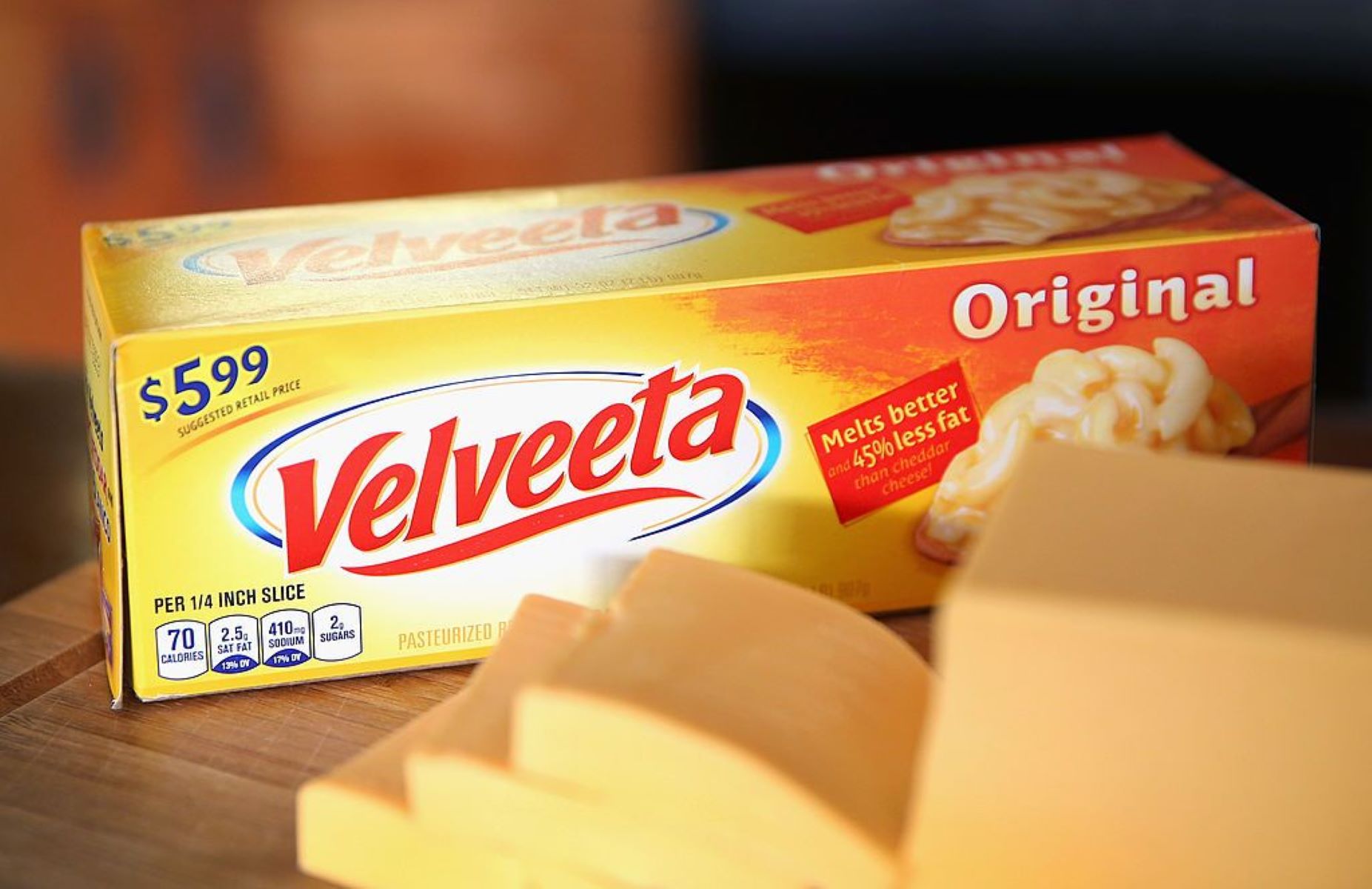



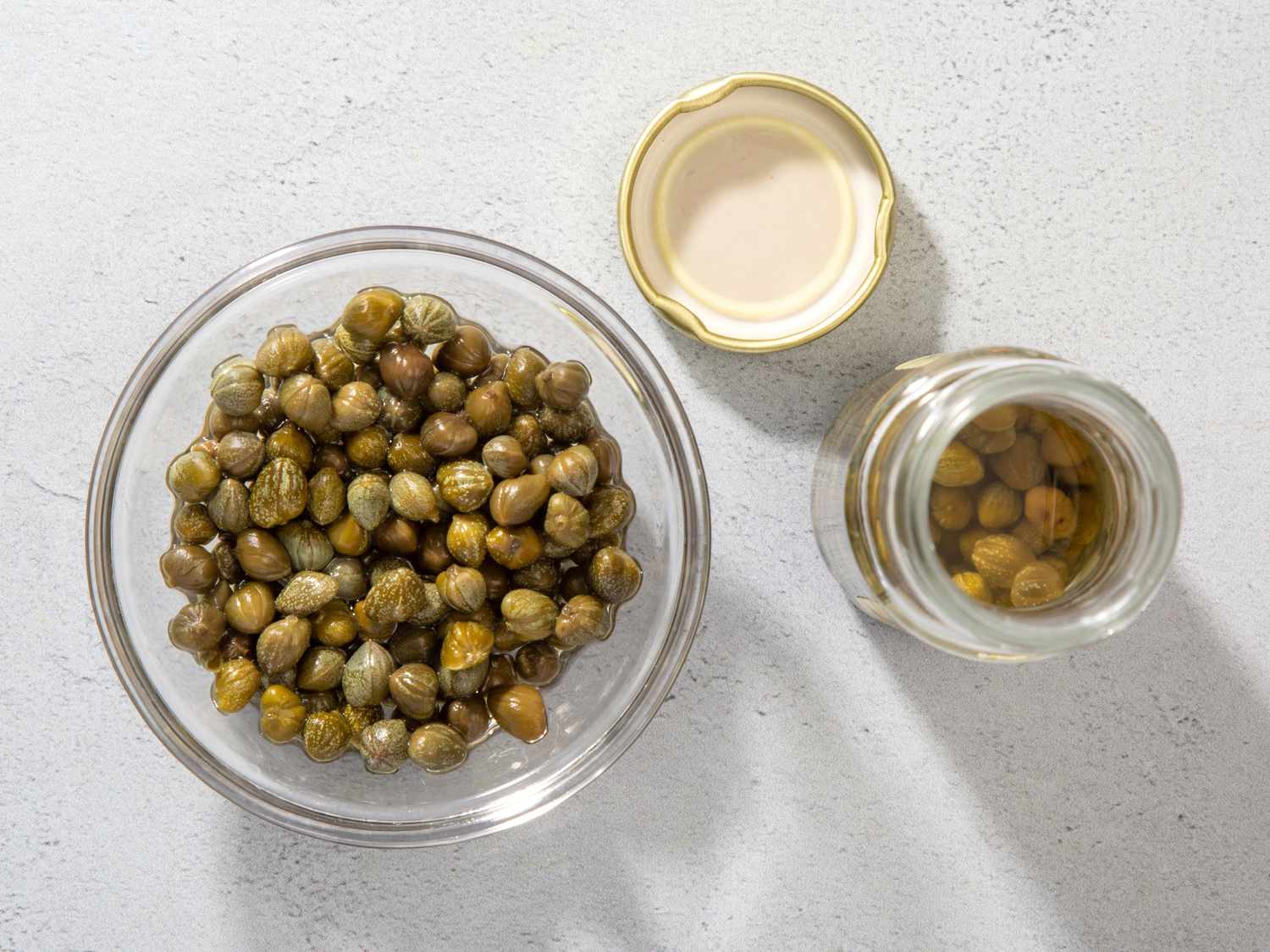

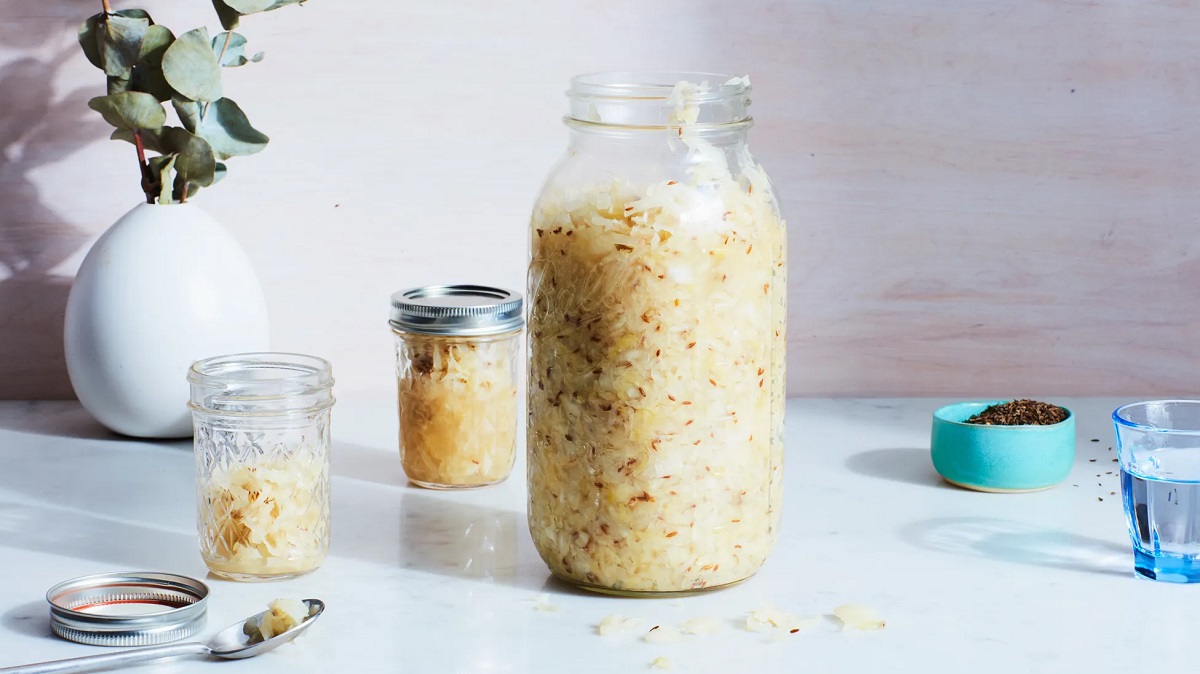

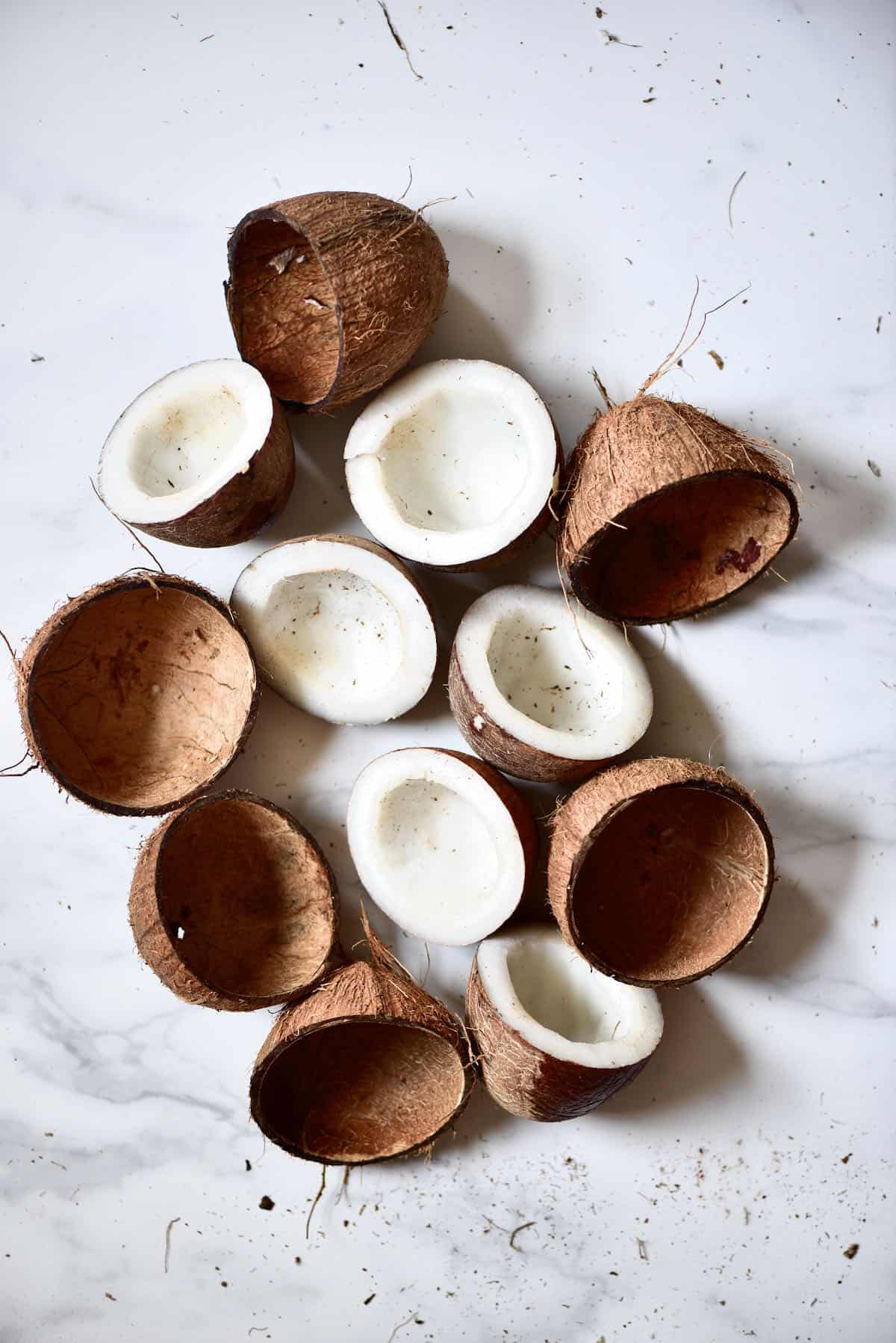
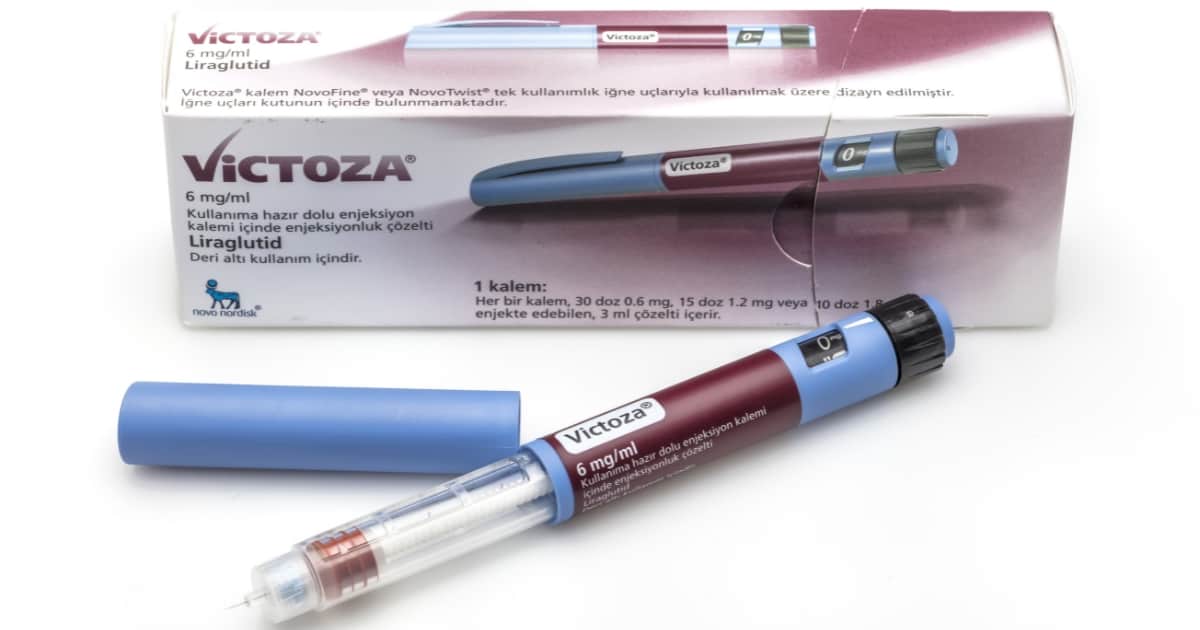
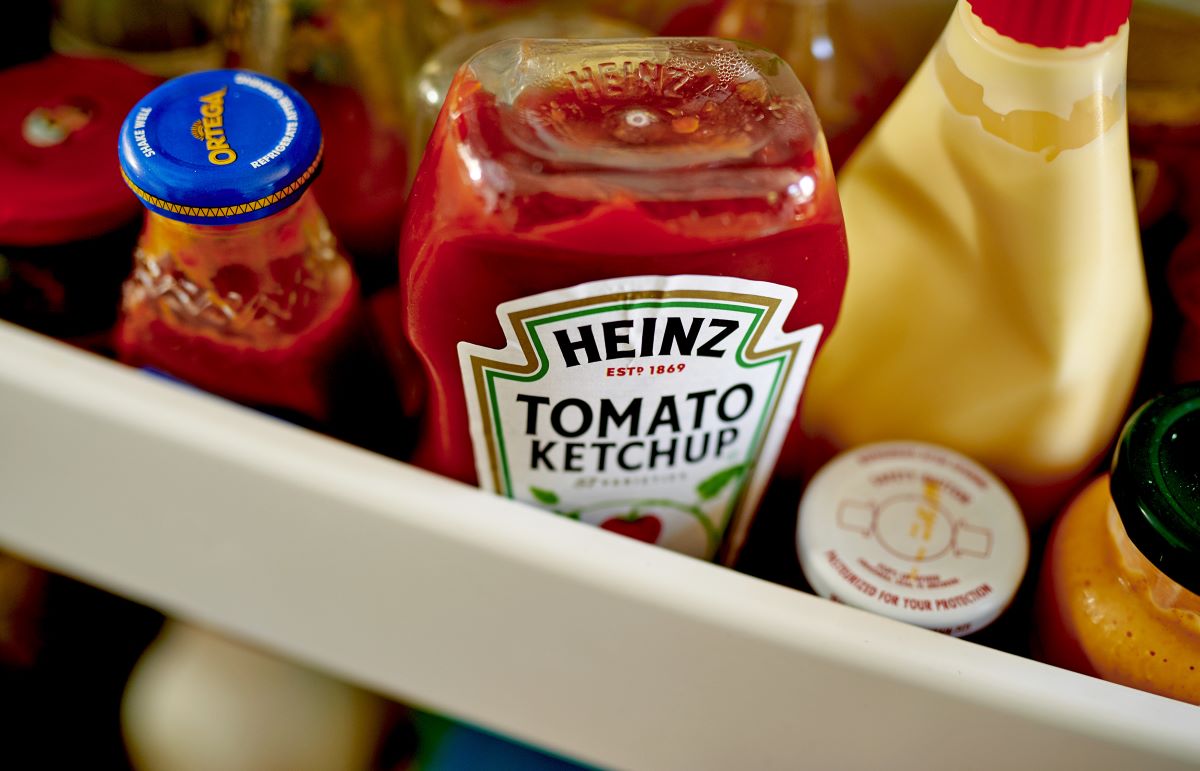
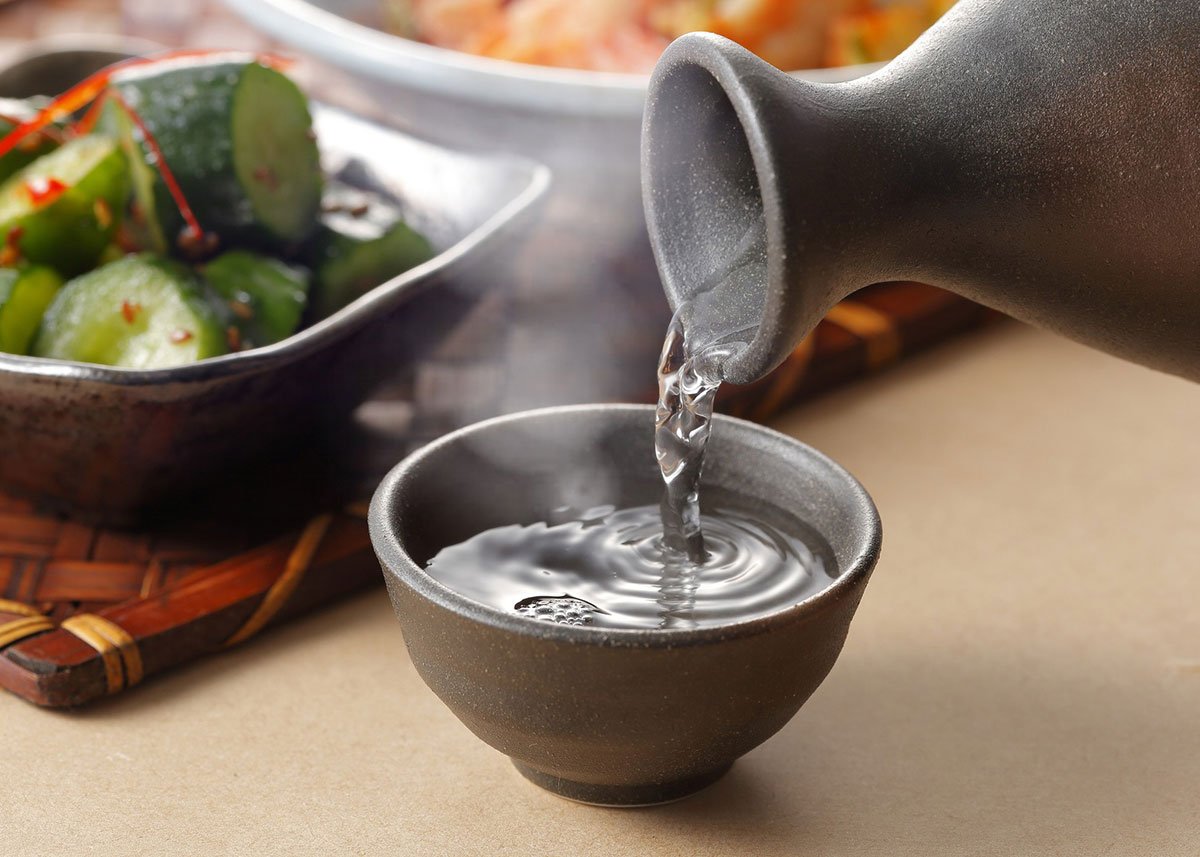
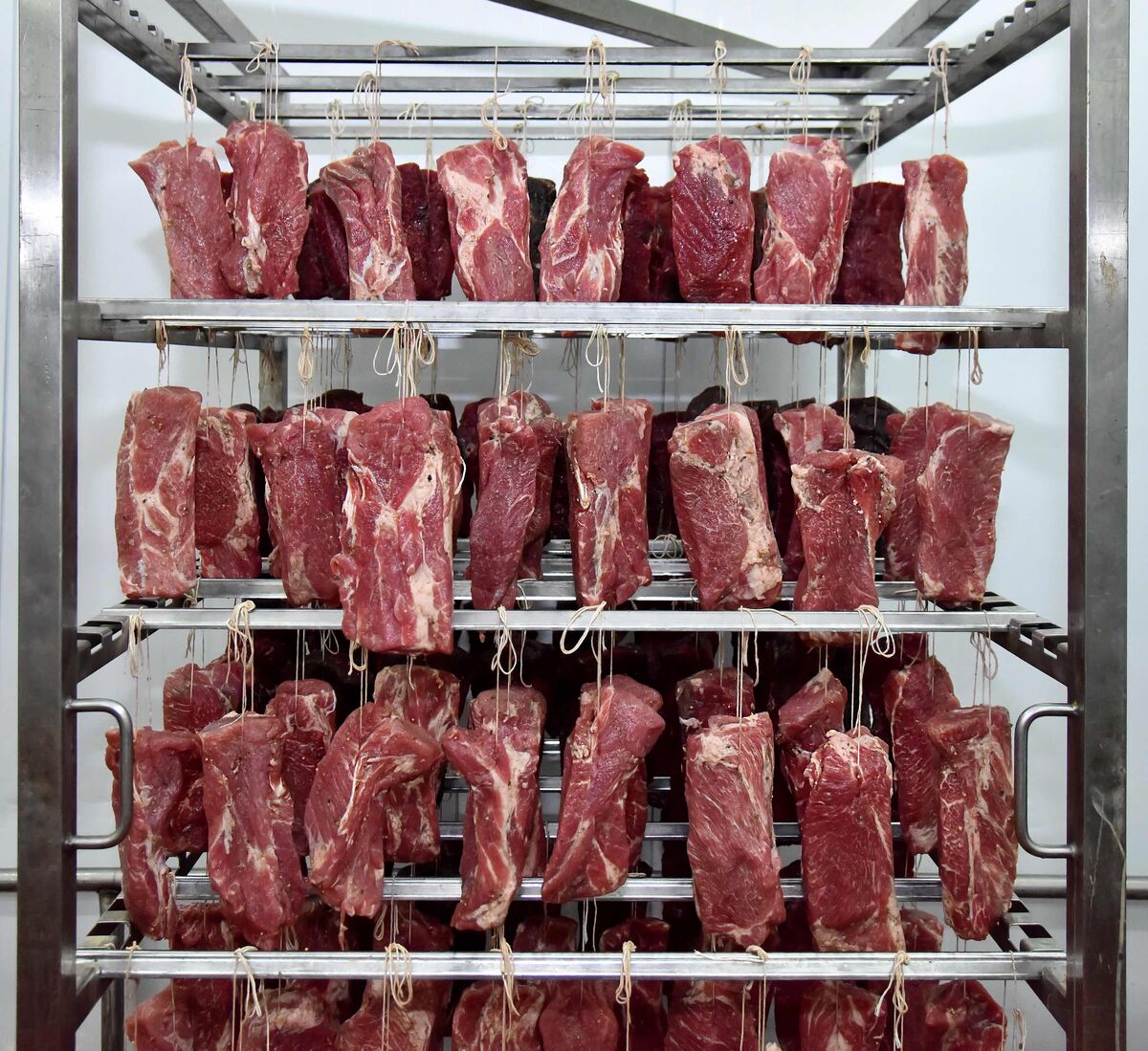
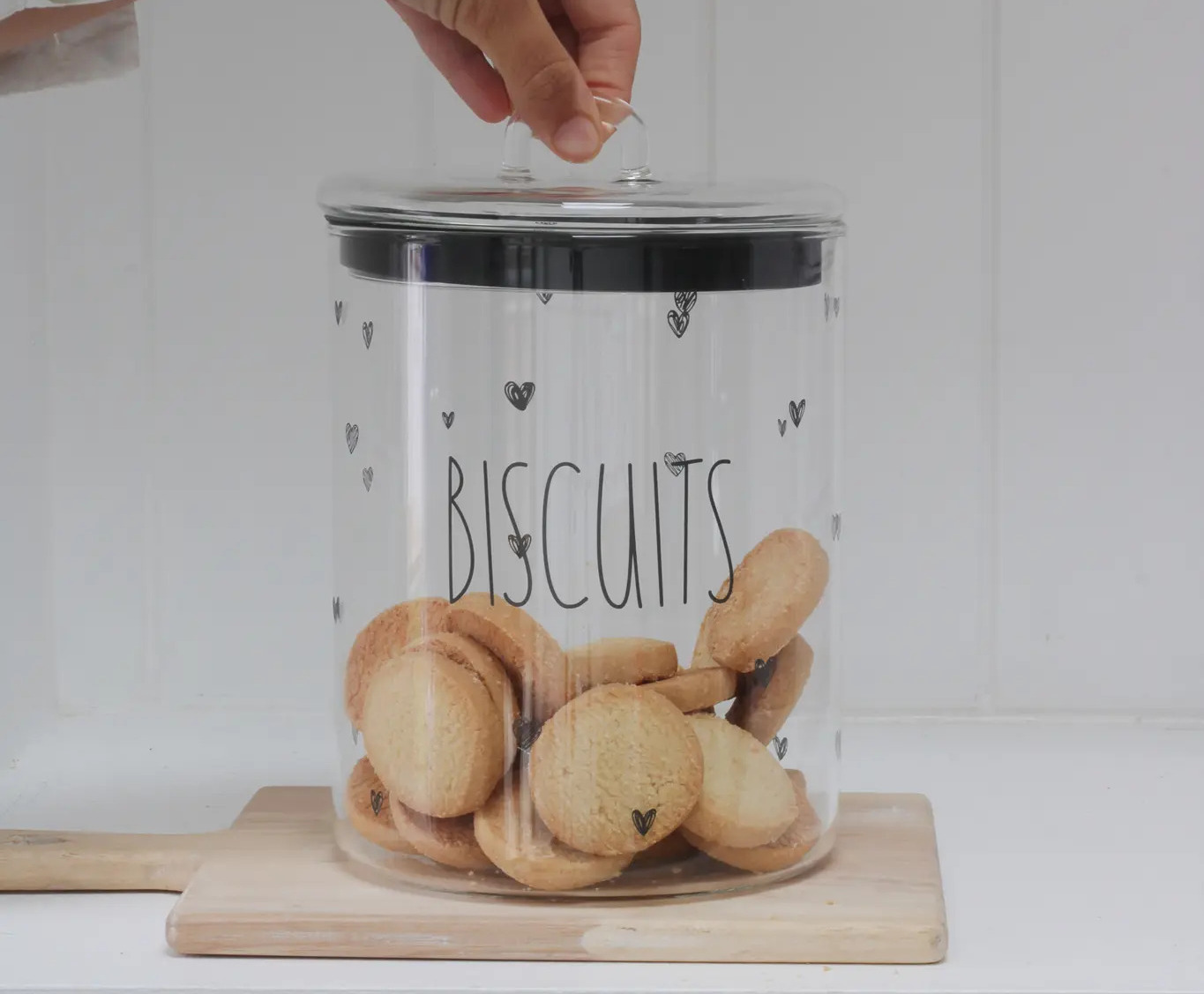

0 thoughts on “How To Store Bread Crumbs After Opening”